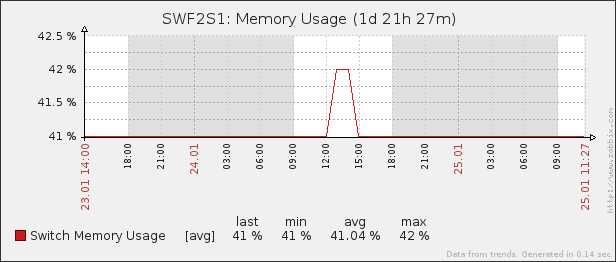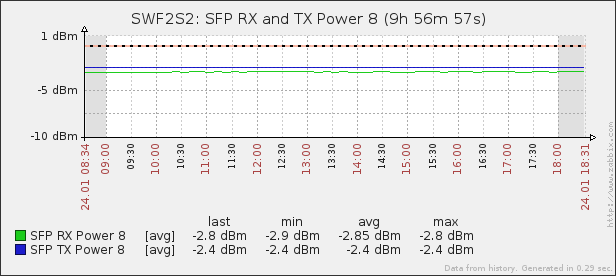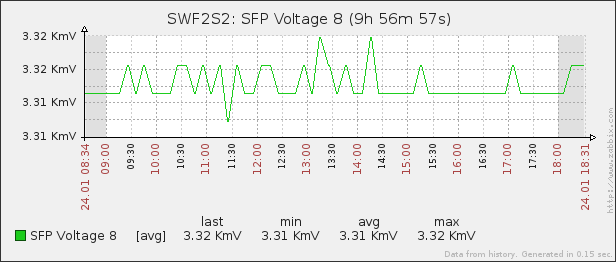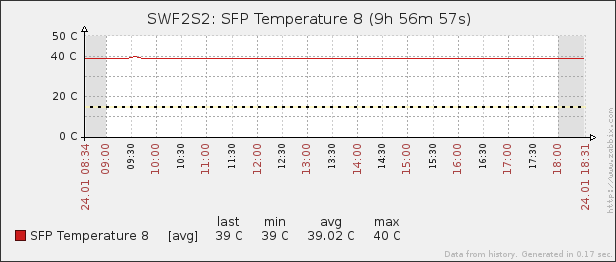 Because your SAN is a critical asset in your IT environment you want it to run as smooth and trouble-free as possible.
Because your SAN is a critical asset in your IT environment you want it to run as smooth and trouble-free as possible.
Unlike a TCP/IP network a Fibre Channel SAN is :
- sensitive to frame drop
- redundant but not necessarily error – free
- sensitive to link quality issues
To address these problems we built a Fibre Channel SAN monitoring framework. It’s main goals are
- increase availability by preventing problems from occuring ( gradually decreasing levels )
- shorten troubleshooting timespan in case of sudden component failure
- provide a means for capacity planning
The to be expected problems are widespread :
- SFP degradation over time
- Link quality issues
- ISL capacity limit reached
- Host port capacity reached
- Fabric instability
- Slow draining devices & head of line blocking
- Environmental problems
- FRU failure
- Buffer to Buffer credit starvation
How do we address these problems and keep them from occuring ? By monitoring :
- Port speed/type/state
- SFP RX and TX power
- Port usage percentage
- Port error counters
- Port Buffer to Buffer credits
- Power supply / FAN / Temperature sensors
Thresholds are set to warn you by SMS/mail, a dashboard provides the overview of the entire environment. You’re not alone when disaster strikes, we also get the alerts and can assist in resolving the problem at hand. Moreover, we prefer to keep an eye with you on your environment to identify potential issues and resolve them before turning into troublemakers.
As some screenshots say more than a thousand words here are some examples from a real life monitoring setup.
Below screenshots provides an overview of the overall FC switch status.
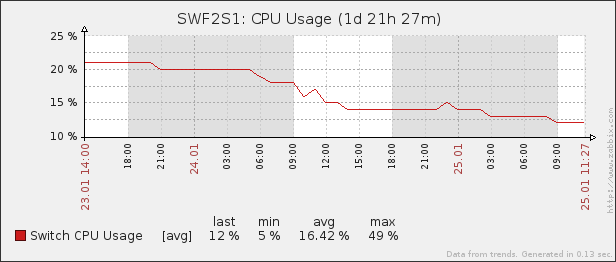 Per FC switch an overview is shown of the currently active triggers :
Per FC switch an overview is shown of the currently active triggers :
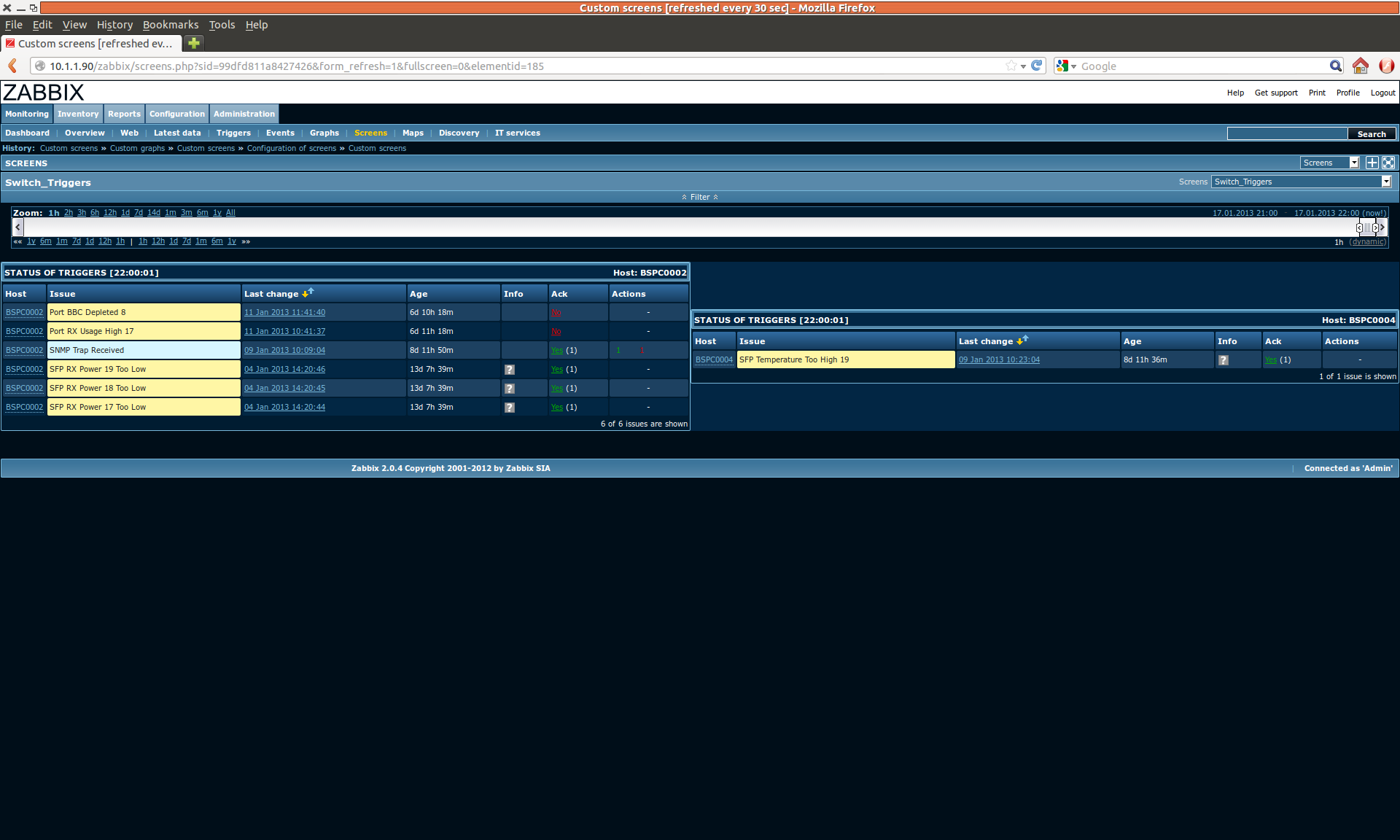 The events occured in the selected timeframe :
The events occured in the selected timeframe :
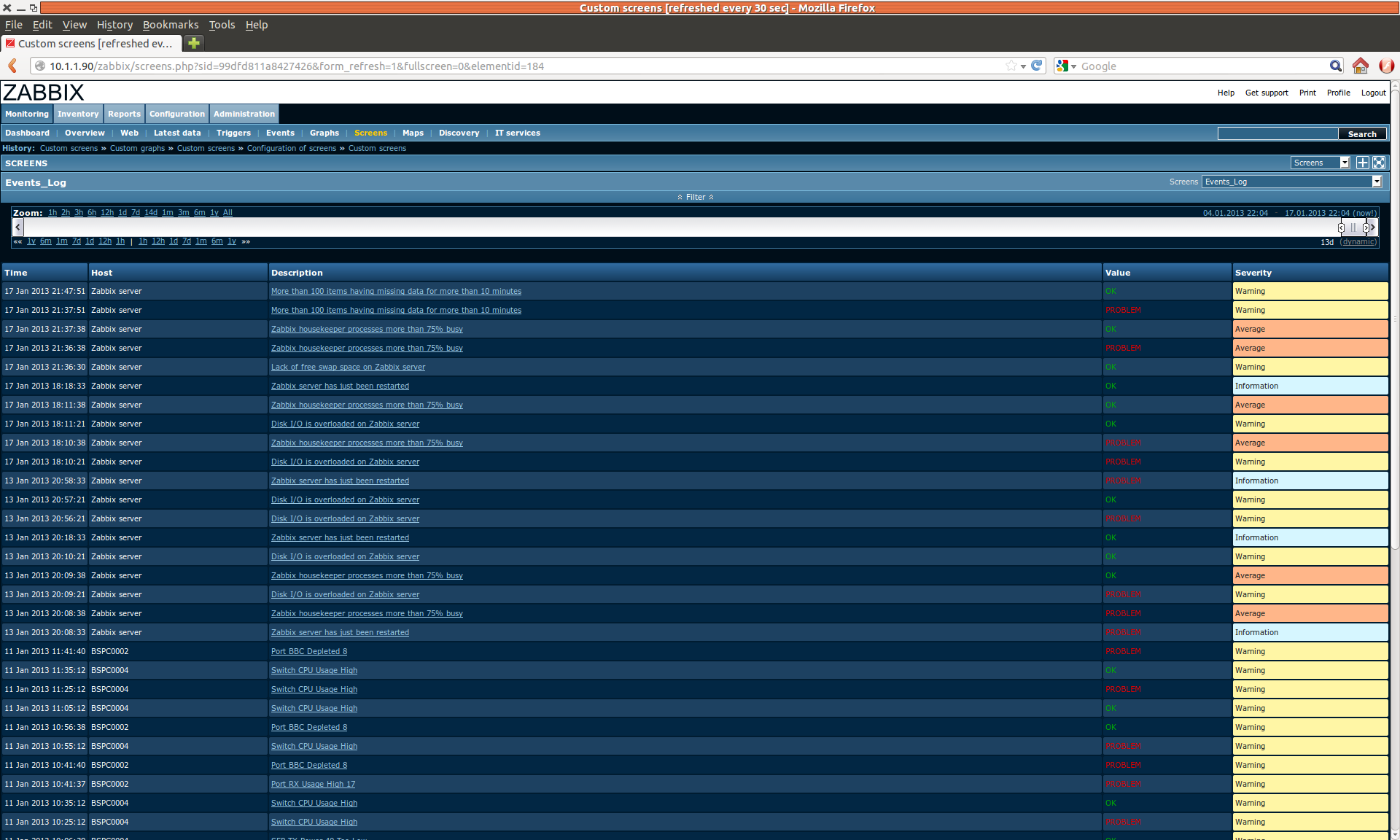 And some screenshots of an ISL port metrics :
And some screenshots of an ISL port metrics :
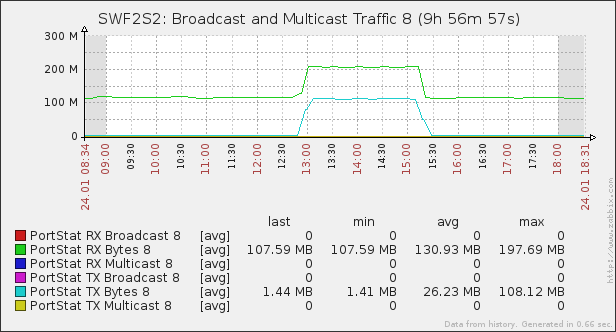
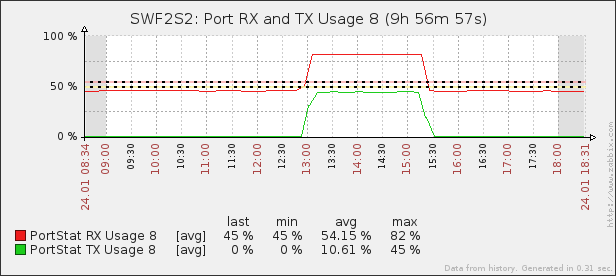 The minima ( as that’s what we are interested in ) of all VC’s on the ISL is monitored to make sure we don’t run out of BBC :
The minima ( as that’s what we are interested in ) of all VC’s on the ISL is monitored to make sure we don’t run out of BBC :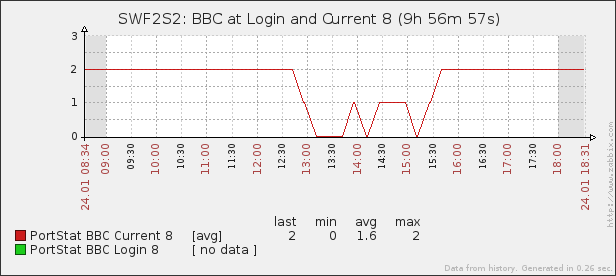
SFP levels are closely monitored too :
And, needless to say, port errors are monitored even closer :
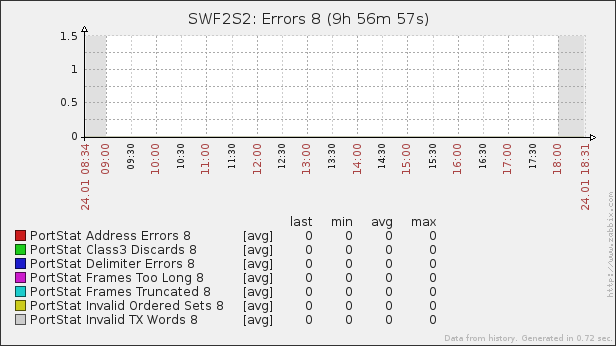 And last but not least, SNMP traps can be received and, according to the severity level, forwarded by mail/SMS as wel.
And last but not least, SNMP traps can be received and, according to the severity level, forwarded by mail/SMS as wel.
